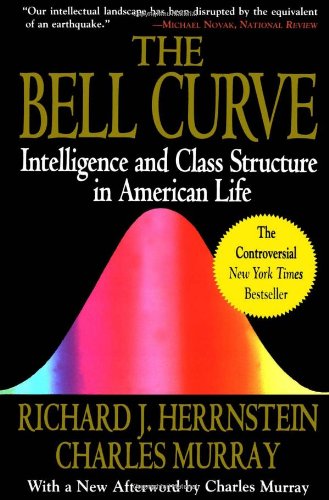Ron’s Topics
More Hokum
As a follow-up to last week’s show on Personality Profiling: Helpful or Hokum?, I came across an updated article by Annie Murphy Paul, author of The Cult of Personality Testing, a devastating book on the cult of these profiles.
She’s even more critical of them in this article than in her book.
“Personality Tests Are Popular, But Do They Capture The Real You?”, June 25, 2016, by Annie Murphy Paul
Dramatically Reducing World Hunger
“A hungry world no more,” by Kevin D. Williamson, February 22, 2017, National Review Online
An excellent look at how world hunger has dropped dramatically. Another great, untold story of the power of the free market to alleviate misery and raise the standards of living of the poor everywhere.
Robots Pay Taxes?
“Bill Gates: Job-stealing robots should pay income taxes,” from CNBC.
“The robot that takes your job should pay taxes,” says Bill Gates, Quartz, February 17, 2017.
Here’s the video of the Gates interview:
My only question is if Gates would have been a proponent of taxing Microsoft Office for displacing jobs, and slowing down the diffusion of the software?
Number One Job
According to the Bureau of Labor Statistics Survey, which conducts a survey every two years that extrapolates current trends in various categories of jobs, and predicts the growth over the next ten years, the top job growth, with 108% expected growth, is: Wind turbine service technician.
Of course, this entire industry wouldn’t exist without government subsidies.
Other jobs with expected growth rates from 43% to 27% include: Occupational-therapy assistants, physical-therapy assistants, home-health aides, commercial drivers, nurse practitioners, statisticians, personal financial advisers, and optometrists.
See “Apply within,” from The Economist: The World in 2017.
Mark Cuban, in an interview on Bloomberg TV, said that candidates who excel at creative and critical thinking will be in greatest demand in the coming years. This means more majors in the liberal arts, such as English, philosophy, and foreign languages.
Management Ideas, RIP?
The Economist, Schumpeter, “Management theory is becoming a compendium of dead ideas,” December 17, 2016.
Business schools are the cathedrals of capitalism, and business consultants are its traveling friars. Yet management theory is ripe for a reformation. There are three myths it propounds:
Myth 1: Business is more competitive than ever
The story since 2008 has been not competition but consolidation, with over 30,000 M&A deals done every year, approximately 3% of GDP.
Myth 2: We live in an age of entrepreneurialism
The rate of business creation has declined since 1970s. One cause is a tax system that punishes growth (it’s not a tax on the rich, but on getting rich).
Myth 3: Business is getting faster
In some ways, it’s slowing down (regulations, compliance, FDA drug approval process, etc.).
Language Alert: All transformation is linguistic. Keep your eyes open for stories in the media about Trump reducing “Protections,” rather than “Regulations.”
The glaring weakness in management theory: its naivety about politics.
As a follow-up, in The Economist: The World in 2017, “Practice makes perfect” it reports that China cranks out about 50,000 MBAs every year, less than half the rate in the USA. But these are based mostly on Western knowledge.
It’s private firms that are innovating management methods, such as Alibaba, an e-commerce giant that pioneered escrow in its payment system, and WeChat, the world’s most advanced messaging and payment platform.
Chinese companies are rejecting the Western principle of core competence. Instead, “multiple jumping” is the new fad.
Baidu started as a search company, then moved into mapping and apps, and now AI and autonomous cars.
One Chinese consultant said of multiple jumping: “…the most critical event in global management science in 30 years, and the new inspiration is coming form China.”
Count me among the skeptics. Is Google, or Apple, not multiple jumping? Many Chinese companies rely too much on low prices, which is not sustainable in the long-term. One skeptic pointed out that even Baidu’s sexier investments couldn’t happen without government support.
Ed’s Topics
San Diego Story regarding pricing and personality profiles and an awful sign:
Prices should never be justified by an increase to costs. That said, prices (in this case wages) should not be set by government fiat. I am not sure which is worse.
IBM Watson and H&R Block
AI might do your taxes this year, courtesy of IBM Watson from TechRepublic.
In partnership with H&R Block, IBM Watson's cognitive computing engine will be used to help tax filers maximize their returns.
Pine City, MN high-school only shoots 3s and layups
The Basketball Team That Never Takes a Bad Shot - WSJ (subscription required)
The NBA’s most efficient offenses seek out layups and threes. A high school in Minnesota takes the idea to the extreme.
On Bullet Proof Coffee and Kerrygold Butter
This State Is Now "Protecting" You from Kerrygold Butter by Brittany Hunter
Food bureaucrats cannot stand to see a rule being broken, no matter how arbitrary it may be.


























